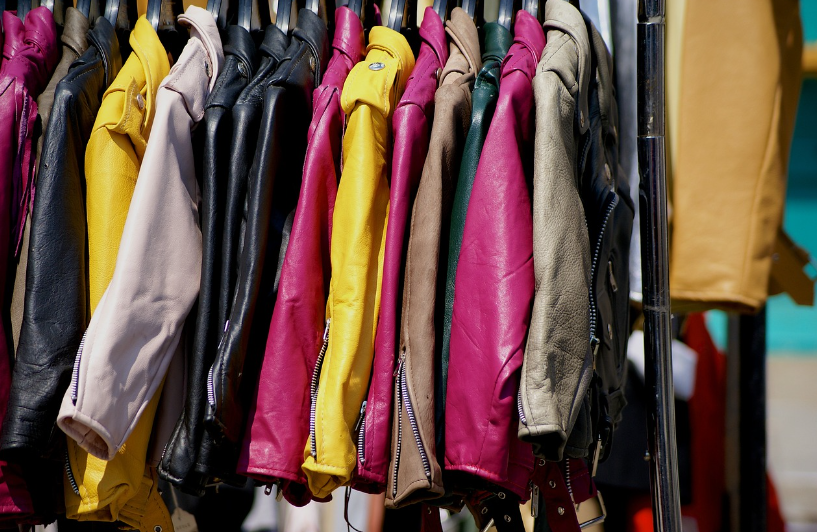How to Create a Vintage Logo for Fashion?

Contents
Creating a vintage logo for a fashion brand is an exciting journey that combines creativity, design principles, and a deep understanding of the brand’s identity. A well-designed logo not only represents the brand but also communicates its values and aesthetics to the audience. In the fashion industry, where trends come and go, a vintage logo can be a timeless asset that sets your brand apart.
Understanding the Vintage Aesthetic
Before we delve into the creation process, it’s crucial to understand what constitutes a vintage aesthetic. The term ‘vintage’ often refers to designs that draw inspiration from the past, particularly from the 1920s to the 1970s. These designs often feature muted color palettes, intricate details, and typography that harks back to these eras.
However, it’s essential to remember that vintage doesn’t mean outdated or old-fashioned. Instead, it’s about capturing the charm and elegance of the past and blending it with contemporary design principles to create a logo that feels both timeless and relevant.
Steps to Create a Vintage Logo for Fashion
Step 1: Research and Inspiration, Every design process begins with thorough research. Start by exploring vintage logos from the era that resonates with your brand. Look at the color schemes, typography, and imagery they used. This will give you a sense of the design elements that were prevalent during that time.
Next, look at how modern brands incorporate vintage elements into their logos. This will help you understand how to strike a balance between vintage and modern aesthetics. Pinterest, Behance, and Dribbble are excellent platforms for design inspiration.
Step 2: Sketching and Conceptualization, Once you’ve gathered enough inspiration, it’s time to start sketching. Don’t worry about making perfect drawings at this stage. The goal is to get your ideas on paper and explore different design possibilities.
Consider the key elements of your brand – its name, initials, or any other symbol that represents it. Think about how you can incorporate these elements into your logo in a way that reflects the vintage aesthetic.
Step 3: Choosing the Right Typography, Typography plays a significant role in vintage logos. Serif fonts, script fonts, and custom hand-drawn typefaces are commonly used in vintage designs. These fonts add a touch of elegance and sophistication to the logo.
However, it’s important to ensure that the font you choose is legible and complements the other design elements in your logo. Also, consider how the logo will look in different sizes and formats. A font that looks great on a billboard might not be as effective on a business card or a website.
Step 4: Selecting a Color Palette, Color is another crucial element in logo design. Vintage logos often feature muted and earthy color palettes that evoke a sense of nostalgia. However, the colors you choose should also align with your brand’s personality.
For instance, if your brand is all about luxury and sophistication, a palette of black, gold, and cream might be appropriate. On the other hand, if your brand is more playful and youthful, a combination of pastel colors could work well.
Step 5: Finalizing the Design, After you’ve decided on the typography and color palette, it’s time to finalize the design. This involves refining the sketches, adjusting the layout, and adding any additional elements like textures or patterns that enhance the vintage feel.
Remember, simplicity is key when it comes to logo design. While it’s important to capture the vintage aesthetic, avoid overcomplicating the design. The logo should be easy to recognize and memorable.
Using Design Software
While sketching and conceptualizing are often done by hand, you’ll need design software to create the final logo. Adobe Illustrator and Photoshop are popular choices among designers due to their extensive features and tools.
These programs allow you to create vector graphics, which means your logo will maintain its quality regardless of its size. They also offer various filters and effects that can help you achieve the vintage look.
Working with a Professional Designer
If you’re not confident in your design skills or simply don’t have the time to create a logo yourself, hiring a professional designer can be a great option. A designer can bring your vision to life and ensure that the logo aligns with your brand’s identity.
When hiring a designer, it’s important to communicate your ideas clearly. Provide them with the research and sketches you’ve done, and give them feedback throughout the design process to ensure the final product meets your expectations.
Conclusion
Creating a vintage logo for a fashion brand can be a rewarding experience. It allows you to delve into the past and bring a piece of it into the present. By following these steps and keeping in mind the principles of good design, you can create a logo that not only looks great but also tells a story about your brand.
Ready to infuse a touch of the past into your brand’s future? With Boon, creating a custom vintage logo for your fashion brand is just a few clicks away. Our AI-driven platform understands your design preferences and helps you craft a logo that not only engages users but also tells your brand’s unique story. Let’s make a logo! and watch your fashion brand strengthen its business with a timeless identity.

As our Chief SEO & Branding Strategist, Robert Ellison is a digital marketing visionary with over 25 years of experience transforming brands through smart, data-driven SEO and impactful storytelling. Known for his expertise in aligning technical SEO with authentic brand narratives, he leads our team in creating strategies that boost search rankings while building strong, sustainable brand identities. A trusted advisor and frequent industry speaker, Robert combines deep technical knowledge with creative insight, helping our clients not only reach the top of search results but also genuinely connect with their audiences.
